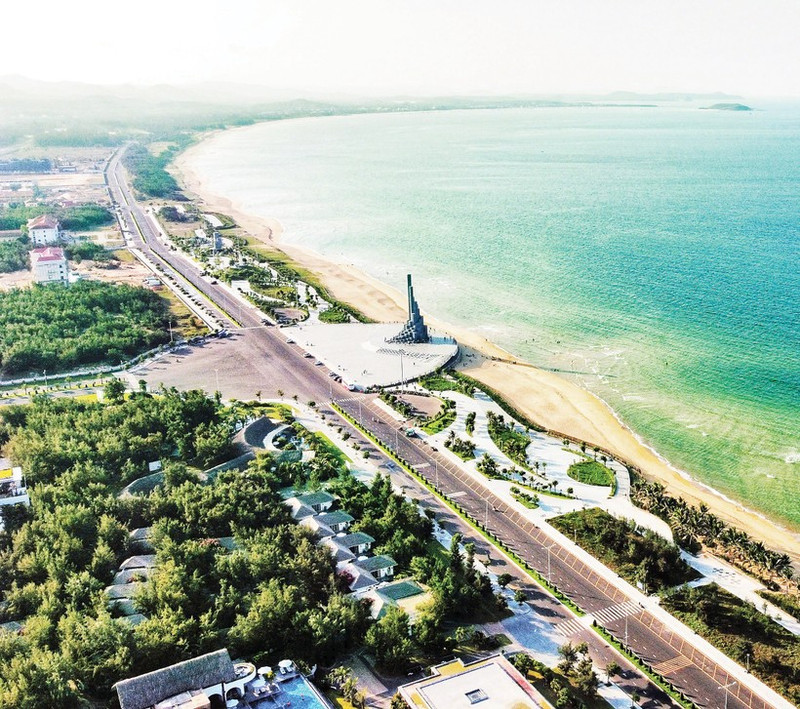A new “boost” from the merger
The merger of the former Dak Lak Province and Phu Yen Province into the new Dak Lak Province is expected to create a powerful “boost,” bringing a new space for development and better exploiting the potential and advantages of each locality.

Contributing to economic restructuring
The former Dak Lak Province belonged to the Central Highlands economic region, rich in natural resources with developed agriculture and forestry. Meanwhile, the former Phu Yen Province, located in the South Central Coast region, has strengths in fishing, aquaculture, and marine tourism. Over many years of implementing linkage development between localities and regions, the governments of provinces in the Central Highlands and South Central Coast have built and carried out several socio-economic cooperation programmes. However, these programmes have tended to be administrative in nature. Most linkage agreements have been small-scale, limited to specific cases between businesses and neighbouring localities, covering many fields without prioritising key sectors. Therefore, economic linkage through the provincial merger between the two regions opens conditions for new development opportunities and new momentum.
This major merger policy helps to more clearly define the national advantage of a long coastline and vast sea area. The natural conditions and resources of the new Dak Lak Province clearly reflect the strategic development orientation towards the sea, consistently demonstrated in national development policies.
The merger helps to expand the regional economic corridor, forming multi-sector economic clusters and increasing autonomy and positivity in economic restructuring. At the same time, the combination of mountain and sea resources optimises the potential for agricultural, forestry, and aquatic development, better meeting domestic consumption and export demands.
A breakthrough direction for regional linkage
After the merger, the new Dak Lak Province will have an area of more than 18,096 km², the third largest in the country; a population of over 3.3 million people; and 102 administrative units. The gross regional domestic product (GRDP) of the new Dak Lak is estimated at about 203,959 billion VND. The combined economy of the two former localities is led by agriculture with coffee production (450,000 tonnes per year), aquaculture (40,000 tonnes per year), and rice (300,000 tonnes per year from Tuy Hoa’s paddy fields). Processing industry and marine logistics are expected to develop thanks to the Nam Phu Yen Economic Zone and Vung Ro Port. Foreign direct investment (FDI) reached 527.64 million USD (2024), focusing on renewable energy and industry.
Development plans include the port system with Bai Goc Port (about 220 hectares) serving the formation and development of Hoa Tam Industrial Park, a refinery complex, metallurgy, and energy sectors; and Vung Ro Port supporting the province’s socio-economic development. Additionally, fishing ports support the development of marine fishing fleets with vessels of 600-1,000 CV capacity and tourism ports.
After the merger, the new province will have stronger conditions for maritime transport, port logistics, marine resource exploitation, and the development of renewable energy sectors such as wind, solar, and hydropower. The connectivity through the port system and mountain transport routes will also boost domestic and international trade. Furthermore, with both mountains and sea, the advantage of diverse natural resources and landscapes is clear, potentially promoting the growth of service, tourism, and travel industries.
With a strategic vision, combined efforts of the political system, and the support of the people for breakthrough development — from connecting the highlands to the sea and forming agricultural–logistics–industrial value chains to repositioning regional status — this could be a turning point for the new Dak Lak Province to rise strongly.








